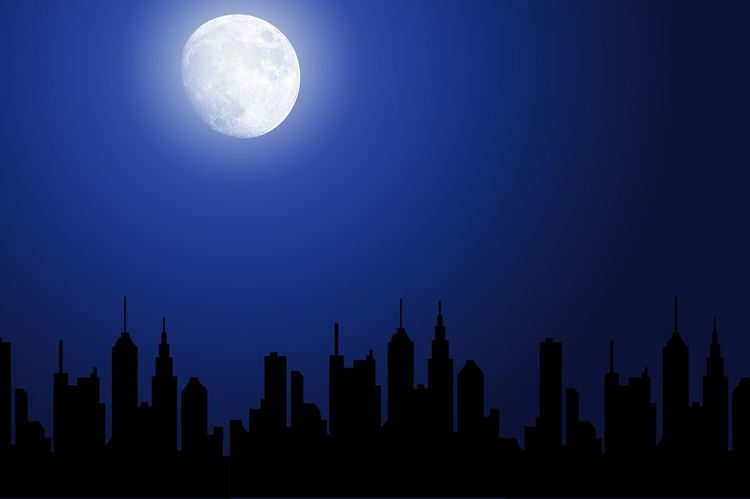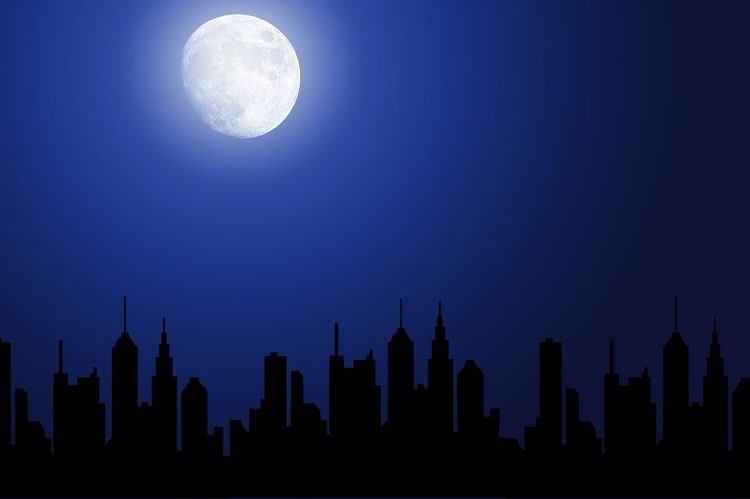The chairman of a private space contractor in Chengdu, China, recently revealed plans to launch an “artificial moon” satellite up to eight times as bright as the real moon and capable of replacing traditional streetlights.
The ambitious project was announced at a national mass innovation and entrepreneurship event held in Chengdu, a city of 14 million people in China’s southwestern province of Sichuan. Wu Chunfeng, the chairman of the private space contractor Chengdu Aerospace Science and Technology Microelectronics System Research Institute Co (Casc) revealed plans to launch an illumination satellite referred to as an “artificial moon” that would be eight times as bright as Earth’s natural satellite and capable of an area with a diameter of 10-80km.
The innovative satellite “designed to complement the moon at night” has apparently been in the works since for years, but thanks to the rapid advancement of technology it should be ready for launch in 2020. While the exact details of the satellite have yet to be revealed, some media outlets report that it will have a coating that can reflect light from the sun with solar panel-like wings which can be adjusted to allow the light to focus on precise locations.

Photo: PublicDomainPictures/Pixabay
“The satellites’ brightness and service time are both adjustable, and the accuracy of the lighting can be controlled within tens of meters,” Wu Chunfeng said.
It isn’t yet known if the project has the backing of the Chinese government or even Chengdu authorities, but officials from the Chinese city declared themselves intrigued, saying that it could cut costs on streetlights and boost local tourism.
While the idea of a bright artificial moon definitely sounds interesting, it also raises a lot of questions. People on Chinese social media platform Weibo have been asking how the artificial light would affect sleep patterns and animals, but Kang Weimin, a director at the School of Aerospace at the Harbin Institute of Technology, told CIFNews that the satellite would only produce a dusk-like glow that should not affect animals.
The intensity of the light emitted by this artificial moon is another unknown. While People’s Daily quoted WU Chufeng as saying that the light would be bright enough to replace streetlights, the Xinhua News Agency quoted him as saying that the brightness would be only a fifth that of conventional streetlights.
The satellite is said to have been inspired by the concept of “a French artist, who imagined hanging a necklace made of mirrors above the Earth which could reflect sunshine through the streets of Paris all year round”, and follows Russia’s Znamya project, which was carried out in the 1990s but later abandoned.













